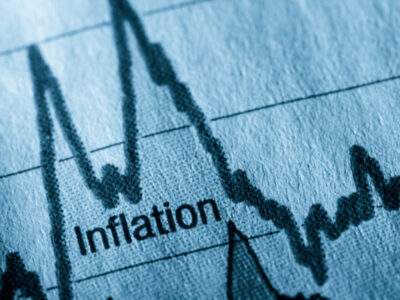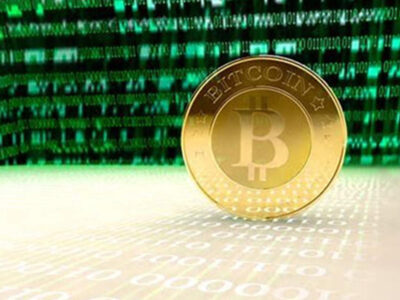In the financial markets, Bitcoin has emerged as a unique asset class that has captured the attention of investors worldwide. Its price has been a topic of intense debate and speculation, with many drawing comparisons to traditional safe-haven assets like gold and silver. This article aims to delve into the dynamics of bitcoin price and juxtapose it with the price movements of gold and silver, shedding light on the similarities and differences among these assets.
Introduction to Bitcoin, Gold, and Silver
Bitcoin, a digital currency introduced in 2009, has seen its price fluctuate dramatically over the years. Often referred to as ‘digital gold,’ it has been compared to gold and silver due to its perceived value as a store of value and hedge against inflation. Gold and silver, on the other hand, have been used as stores of wealth for thousands of years and are well-established commodities in the global market.
Price Volatility
One of the most striking aspects of Bitcoin price is its volatility. Unlike gold and silver, which have relatively stable price movements over short periods, Bitcoin has experienced wild swings that can make or break investors. The price volatility of Bitcoin is a result of various factors, including market sentiment, regulatory news, technological advancements, and macroeconomic indicators. Gold and silver, being more mature markets, exhibit less volatility, making them more predictable in the short term.
Market Maturity and Liquidity
The market maturity and liquidity of Bitcoin, gold, and silver differ significantly. Gold and silver markets have been around for centuries, with well-established trading mechanisms and a large pool of investors. Bitcoin, being a relatively new asset, has a smaller market cap and less liquidity, which can lead to price manipulation and higher volatility. However, as Bitcoin gains more acceptance and integration into the financial system, its liquidity is expected to increase, potentially leading to more stable price movements.
Intrinsic Value and Utility
The intrinsic value of Bitcoin, gold, and silver is another area of comparison. Gold and silver have tangible uses in industries such as electronics and jewelry, giving them a practical value beyond their use as a store of wealth. Bitcoin, while having limited practical applications, serves as a medium of exchange and a means of transferring value across borders without the need for intermediaries. Its utility as a digital currency and its scarcity, with a capped supply of 21 million coins, contribute to its perceived value.
Correlation with Traditional Markets
Examining the correlation between Bitcoin price and traditional markets like stocks and bonds can provide insights into its behavior as an asset. Historically, gold and silver have had a low correlation with stocks, often performing well when stock markets are down, which is why they are considered safe-haven assets. Bitcoin, in its early years, showed little to no correlation with traditional markets. However, recent trends suggest that Bitcoin price has become more correlated with stocks, possibly due to its increasing acceptance as an institutional investment.
Inflation Hedge
Many investors view gold and silver as inflation hedges, as their value tends to rise when the purchasing power of fiat currencies declines. Bitcoin, with its limited supply, is also seen as a potential hedge against inflation. The recent economic climate, marked by unprecedented money printing by central banks, has led to increased interest in Bitcoin as an alternative to traditional assets. However, the effectiveness of Bitcoin as an inflation hedge is still a subject of debate, given its short history and high price volatility.
Regulatory Environment
The regulatory environment plays a crucial role in shaping the price of Bitcoin, gold, and silver. Gold and silver are heavily regulated, with well-defined legal frameworks governing their trade and taxation. Bitcoin, being a decentralized asset, faces a more uncertain regulatory landscape, with different countries adopting varying approaches towards its legality and use. Changes in regulations can have a significant impact on Bitcoin price, as seen in the past with crackdowns and bans in certain jurisdictions.
Future Prospects
Looking ahead, the future prospects of Bitcoin price are intertwined with its adoption and technological advancements. As more businesses and individuals start accepting Bitcoin as a form of payment, its utility increases, which could positively influence its price. Additionally, improvements in blockchain technology could make Bitcoin transactions faster and cheaper, further enhancing its appeal. Gold and silver, with their established roles in the economy, are expected to maintain their value, albeit with more predictable growth patterns.
Conclusion
In conclusion, Bitcoin price, when compared to gold and silver, presents a unique set of characteristics that make it both an exciting and risky investment. While gold and silver offer stability and tangible value, Bitcoin offers potential for high returns and a new form of digital wealth. As the financial landscape evolves, understanding the dynamics of Bitcoin price in relation to traditional assets like gold and silver is crucial for investors seeking to diversify their portfolios and hedge against economic uncertainties.














Comments